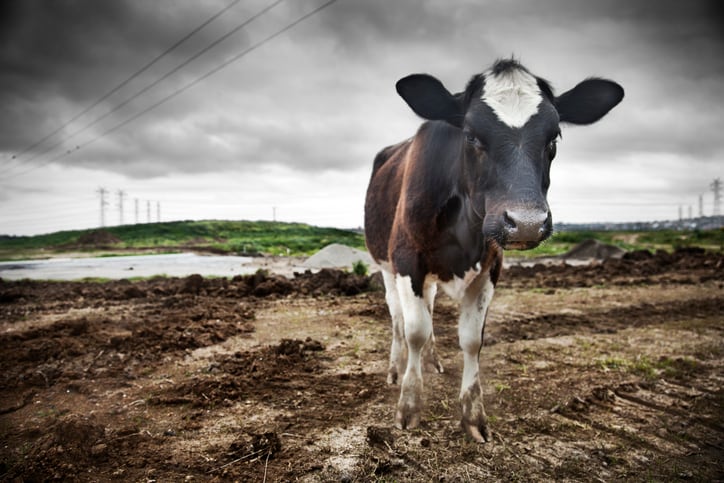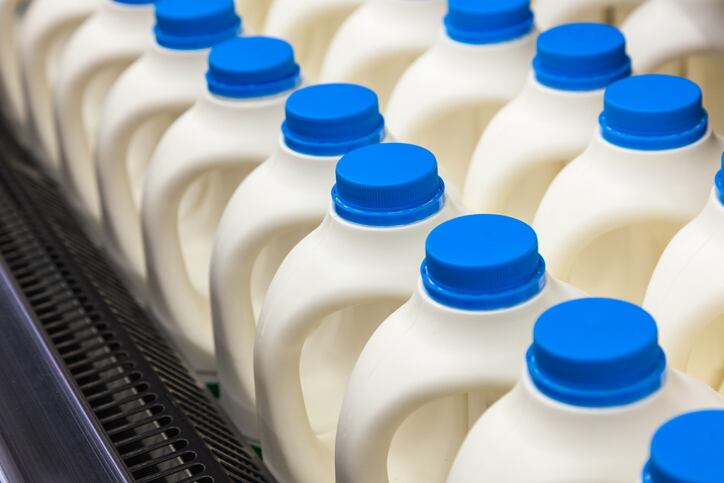Milk production is expected to continue growing in the traditional exporting countries, but at a lower rate than in the past. It’s still dominated by key players India, the EU and the US, though Rabobank forecasts China, Russia and Brazil to ramp up through 2023.
Overall, global milk supply growth will likely remain flat through 2020. The US is experiencing a mixed market and seeing factors like the geopolitical climate impact dairy trade and production.
In Q1 2019, milk production was down significantly in US states Ohio (-5.1%), Pennsylvania (-6.9%), Illinois (-9.8%) and Virginia (-12.5%) compared to Q1 2018, while US dairy exports in general were down by 11%.
Other midwestern states that saw a drop were Iowa (-1.3%) and Indiana (-3.3%). Most dairy powerhouse states maintained their growth over last year, like in Wisconsin (0.4%), Michigan (0.4%) and California (0.7%).
According to research firm Gira, 57% of technical dairy proteins were used in nutritional sectors in 2018, with 60% predicted for 2023. Among all whey products, the highest growth is expected for high concentrated whey protein concentrate (WPC) and whey protein isolate (WPI), driven by increased demand for sport nutrition products in the mainstream.
The highest demand for WPC comes from China and South East Asia, while it mainly competes with the quick growth and development of plant proteins primarily in the US. Milk whey protein is one of the most expensive dairy powders on the market, forecast for high demand and growth about 10.7% by 2023.
Gira also predicts that pea and rice protein production will increase by 15% in the next few years. They are the fastest growing plant protein source, while soy protein has dropped in favor and is now stagnating.
A big part of dairy ingredient production is trade, and there have been some global hurdles with the outbreak of the African Swine Fever in China. It is world’s largest pork producer and accounts for around 50% of global pork production. The pork are fed large amounts of dairy-derived animal feed, which is now being impacted.
According to Rabobank, China slaughtered nearly 700 million pigs every year before the outbreak, each of which ate nearly one pound of lactose over their lifetime. Now they predict nearly 200 million fewer pigs will need feeding through 2019, representing a 54,500-72,500 metric ton decrease in lactose demand.
This has put a strain on trade with China and the global lactose market, and is affecting hog industries in other countries like Vietnam and South Africa.


